What are the Professional Examinations?
The final step to becoming a Saskatchewan Land Surveyor is successful completion of five written exams and an oral exam on practice. The written exams include:
Provincial Statutes I
The Land Surveys Act 2000
All regulations authorized under the Land Surveys Act 2000, including:
The Land Surveys Regulations (2000)
Surveys Outside the Provincial Survey System
The Mineral Disposition Regulations, 1986
Instructions for the Survey of Permit and Claim Block Mineral Dispositions
The Ninth Edition of The Manual of Survey of Dominion Lands, Chapters two to six, inclusive
Provincial Statutes II
The Land Surveyors and Professional Surveyors Act
The Bylaws of the Saskatchewan Land Surveyors Association
The Highways and Transportation Act
The Planning and Development Act
The Subdivision Regulations
The Dedicated Lands Regulations
The Municipal Refuse Management Regulations
A Guide to Municipal Dedicated Lands
Provincial Statutes III
The Municipal Expropriation Act
The Expropriation Act
The Expropriation Procedure Act
The Pipe Lines Act 1998
The Pipelines Regulations, 2000
The Land Titles Act (2000)
The Land Titles Regulations
The Irrigation Act, 1996
The Saskatchewan Water Corporation Act
Public Health Regulations
When preparing a plan of proposed subdivision and setting out proposed boundaries relative to sewage works, the student is expected to know sewage disposal types, restrictions and responsible authorities. The following pages are from a booklet produced by Saskatchewan Health entitled “Saskatchewan Health Sewage Disposal Guide” which is based largely on The Plumbing and Drainage Regulations - 1996 and The Shoreland Pollution Control Regulations - 1976.
The Cemeteries Regulations
The Condominium Property Act
The Condominium Property Regulations
Standards of Practice and Principals of Evidence
Different kinds of evidence and their relative value; drawing up affidavits as to the position of lost monuments; boundaries in general; boundaries on water; riparian rights; boundaries established by agreements, acquiescence or arbitration; determination and proof of boundaries
Retracement of metes and bounds descriptions found on pre-converted titles, easements and other pre-converted instruments, and the preparation of descriptions for other purposes
Knowledge of the "Manuals of Instructions for the Survey of Dominion Lands", the supplements, and "Bulletin 38" as they pertain to evidence, re-establishments and the methods used in the original township surveys
Methods for re-establishing missing monuments from previous Plans of Survey and original field notes, resolving conflicting measurements, weighing the accuracy of older surveys.
Practical Surveying
This examination will include questions of a practical nature likely to be encountered in surveys of land in Saskatchewan. Candidates should understand the format of various registered plans, township plats and field notes, including the symbols and units of measurement used at different periods.
Typical calculations related to these surveys may be required, and may include, but are not limited to: the D.L.S. township system including convergence of meridians and calculation of azimuths and bearings, Survey Control networks, curve problems, area problems, and traverse problems. Emphasis will be placed on situations requiring some degree of discretion and professional judgement. Candidates are advised to bring a programmable calculator to the exam complete with appropriate survey software, so the necessary computations can be performed quickly and accurately. Although no textbooks are specified, candidates should be familiar with the reference material.
Reference Books:
Manual of Instructions for the Survey of Canada Lands, Editions 1 to 10 inclusive with supplements.
Survey Theory & Practice, 6th Edition, Davis, Foote, Anderson, Mikhail, McGraw Hill Book Co. 1981.
Oral Exam on Practice
The candidate may be examined on any of the following:
Material contained in the candidate’s Professional Surveying Project Paper.
The depth of the candidate's theoretical and practical background in Land Surveying.
The candidate’s understanding of the process of subdivision and procedures in obtaining an approval for a subdivision.
The responsibilities associated with being a member of the Land Surveying profession. (i.e. Code of Ethics, public image and the social responsibility with regard to professional competence, impartiality and honesty.)
Please Note: The foregoing is intended to provide a general outline of the subject material covered by the professional examinations. For a complete and up-to-date syllabus of the professional examinations, please contact the SLSA

